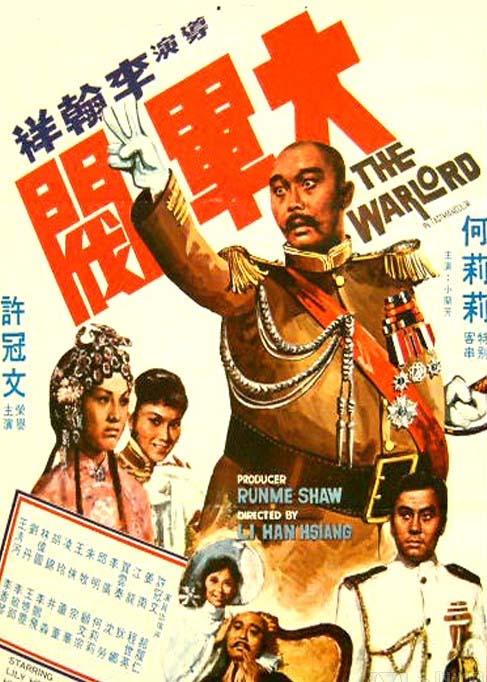Plot:
The plot tells the story of a bandit named Pang Dahu who became a big warlord in the north because he helped Russia fight against Japan. He was illiterate but often pretentious and made a lot of jokes. There was a severe drought in the local area. He cursed the Dragon King when he failed to pray for rain. He ordered the artillery to fire at the Dragon King, but it accidentally rained, and he was complacent about it. He tried a rape case. Gao Baishi was unwilling to be lonely because her husband died. She seduced her brother-in-law but failed, and falsely accused him of rape. Pang Dahu ordered two soldiers to try to rape her in court, but failed, so he pulled Gao Baishi out and shot her. In the 18th year of the Republic of China, the Northern Expedition unified the country. In order to destroy China's unification, the Japanese supported Pang Dahu, who had resigned, to make a comeback. Unexpectedly, Lan Fang, the daughter of the troupe owner who was killed by him for no reason, appeared and shot this bad guy who plotted to sell out the country. The Great Warlord is adapted by Li Hanxiang from many anecdotes and interesting histories of the Republic of China. Pang Dahu's artistic image and absurd deeds can be seen as a collection of the three major warlords: Zhang Zongchang (three unknowns, begging for rain by blasting the sun, and being filial to his stepfather), Han Fuju (judging cases with a sexual fetish, making many mistakes), and Sun Dianying (robbing the Eastern Tomb). The part where he was shot at the end should also have traces of Sun Chuanfang (Shi Jianqiao, a remarkable woman in the Republic of China who avenged her father). The film adopts the structure of an excerpt play, stringing together various jokes and anecdotes. Although it is loose, under the direction of Li Hanxiang, who is good at depicting the various aspects of the world and pays attention to details, it is still interesting even if it is put on the screen today.

